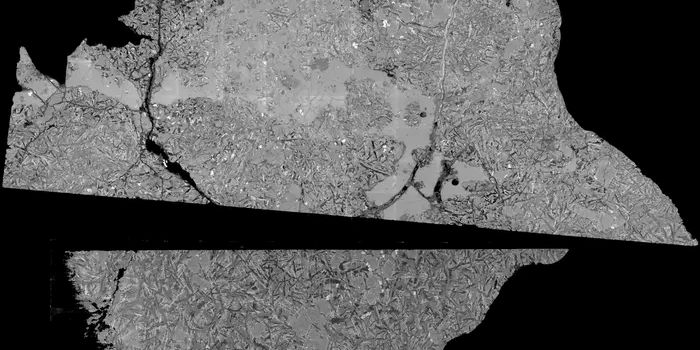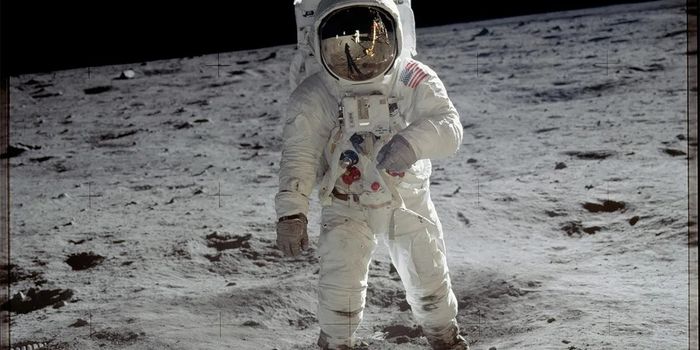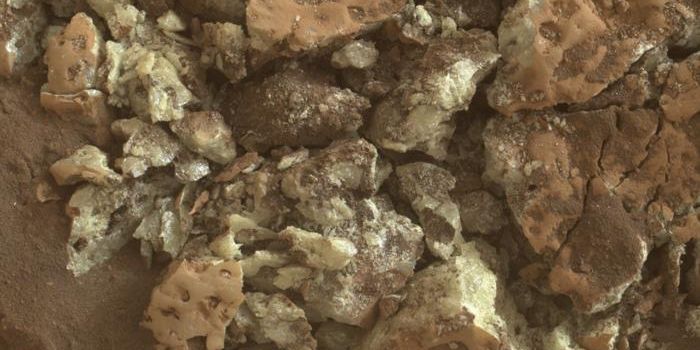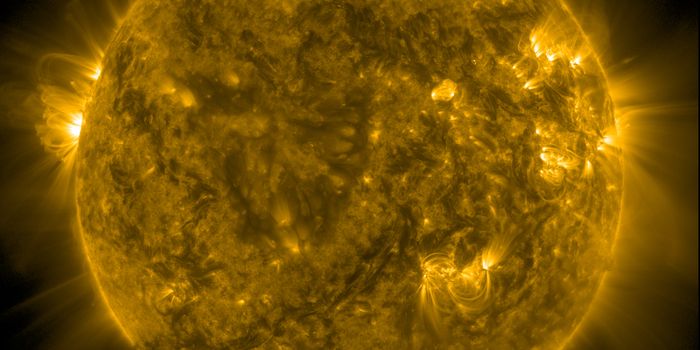Will Humans One Day Give Birth in Space?
Deep space missions are becoming an increasingly relevant topic of discussion in the space community these days, and perhaps unsurprisingly, this often leads to the topic of colonizing other worlds besides Earth.
Most agree that settlement on another planet would be permanent, and with that in mind, it raises the question as to whether populations could be sustained on other worlds remotely, and this also brings up another important point: how pregnancies and the process of childbirth might fare in a space-centric or non-Earthly environment.
Several types of pregnant animals have been studied in space, but the same can’t be said about humans, and this leaves a lot of unanswered questions about how the microgravitational environment, or a world unlike Earth, would impact the mother or the newborn during those vital moments of childbirth.
Perhaps one of the most worrying factors involves the loss in bone density that astronauts experience in space, as this would weaken the mother’s pelvis and increase the risk of a rupture while delivering a baby naturally. Given the circumstances, it’s possible that giving birth in space would necessitate more C-sections.
The expert in this video suggests that the regularized C-section births in space would eventually result in babies with larger heads, as the birth canal wouldn't limit size. Additionally, babies may develop darker skin pigmentation over a long period of time as they evolve to cope with space’s harmful cosmic rays.
All of this is in theory, however, and it remains to be seen if or when a pregnant woman will ever see space travel in the name of science.








